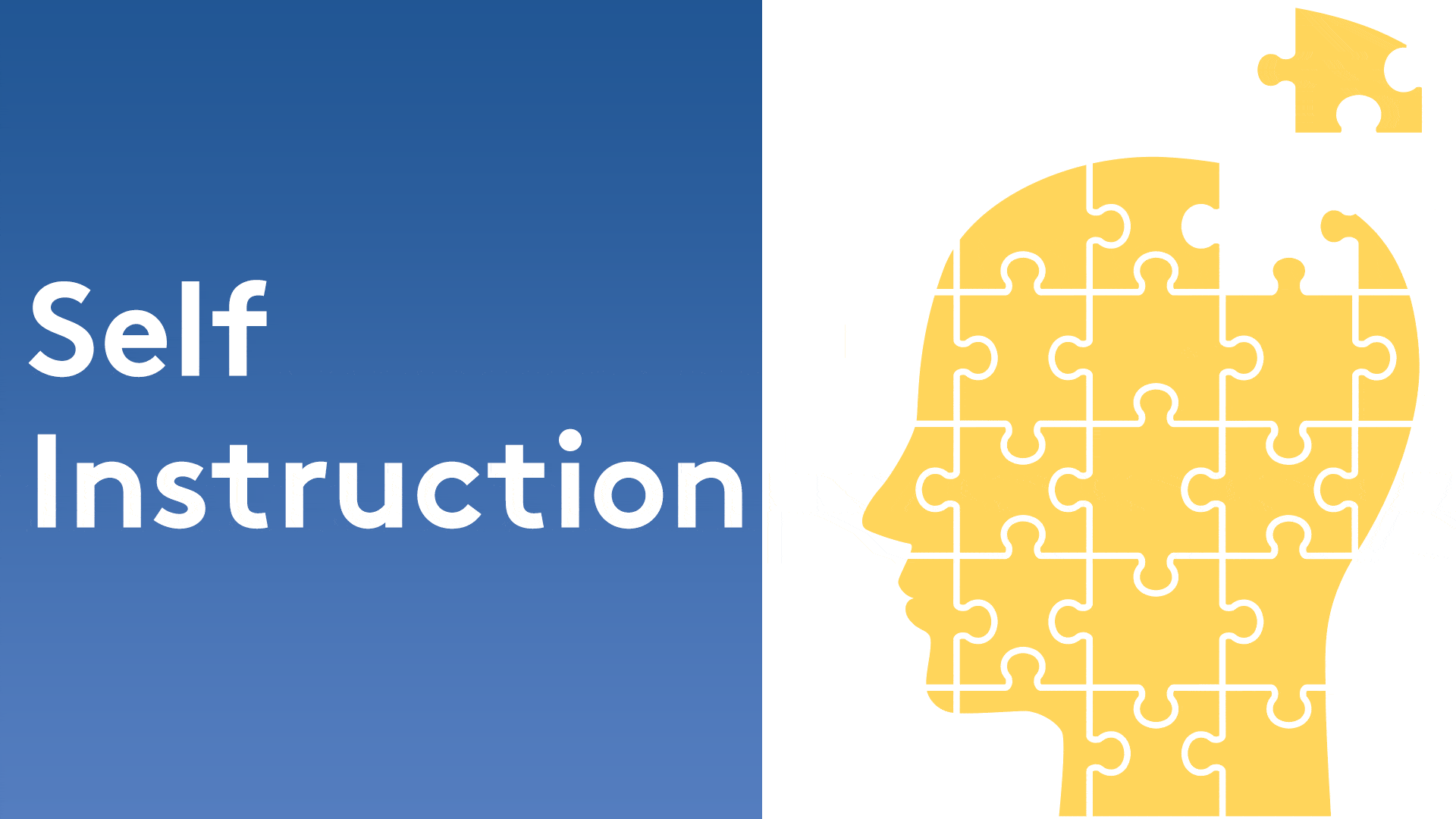
Self-Instruction at Scale
Think back to a time when you taught yourself something.
Maybe you tinkered with Photoshop until you could edit that weird shadow out of your family picture.
Maybe you watched enough Narcos to understand the basics of Spanish.
Or maybe you just taught yourself how to use the office phone system.
Whatever it was, do you remember how you felt in that moment?
Likely, you felt proud – like, “I just did that!” That’s because teaching yourself to do something, and then going out and successfully doing it, feels good. It boosts confidence and self-efficacy – our belief in our ability to succeed in a given situation. And it also fulfills our basic psychological needs for competence and autonomy.
But directing our own learning doesn’t just make us feel good – it also makes us smarter. A large body of research has shown that when people are able to regulate their own learning, they actually learn more deeply and retain the information longer. So that time you figured all the guitar chords to “Achy Breaky Heart”? Yeah, you’re stuck with that.
But seriously, we can’t overstate the sense of accomplishment that comes from self-instruction. And the fact that it yields real, long-term learning benefits means we shouldn’t overlook it.
Now what if we told you that you could provide your employees the same type of experience within your corporate training? What if we said that no matter how mission critical or formalized your current training program is, that there is some space, some opportunity, to provide this type of experience for your employees (and in the process help nurture their curiosity and develop them into lifelong learners)?
As we’ve discussed before, the Fulcrum platform gives employees lots of ways to self-direct their learning experience. We’re all about giving learners more control. And as a part of this mission, one of the unique features we’ve developed allows employees to self-instruct, or self-remediate, their knowledge gaps and deficiencies.
Our new learner dashboard gives employees the opportunity to see how they’re doing and identify where they have weaknesses. But it’s much more than a progress update. This report also leverages our unique machine learning capabilities to suggest a unique “Pathway to Mastery” for each learner. Think of this as a syllabus of sorts – except rather than being the same for the whole class, our “syllabus” is tailored directly to the needs of each individual.

From here, employees are responsible for pursuing their own mastery (with the support of our competency-based methodology, adaptive engine powered by AI and machine learning, learner centric approach, of course). The “Pathway to Mastery” feature points employees to the content that needs review (in order of their greatest weakness). But it’s up to each individual to figure out how they want to self-remediate, and master their specific areas of weakness. Do they want to follow the system prompts to shore up their knowledge gaps? Or do they want to chart their own course and work toward mastery in some other way? Or are they fine with their current level of mastery – even if it’s not 100%?
By placing the responsibility for remediation on the shoulders of the employee, we’re encouraging all the confidence-boosting, knowledge-building benefits of self-instruction. And we’re doing so in a format that works within the framework of the traditional corporate training department – keeping in mind their constraints, mandates and requirements (e.g. compliance, etc.) by making it:
- Scalable
- Measurable
- Integrated (with current systems), and
- Effective (click here to see some of our efficacy metrics)
- Supportive of a culture of learning
Fulcrum’s mission is to turn students or employees into learners and turn learners into confident subject matter masters. One way we accomplish this is by harnessing the transformative power of self-instruction. Ready to learn for yourself (see what we did there?) how Fulcrum’s platform can bring to life the benefits of self-instruction within your current programs? Let’s connect. Or check out our short overview video for more information about our approach.
